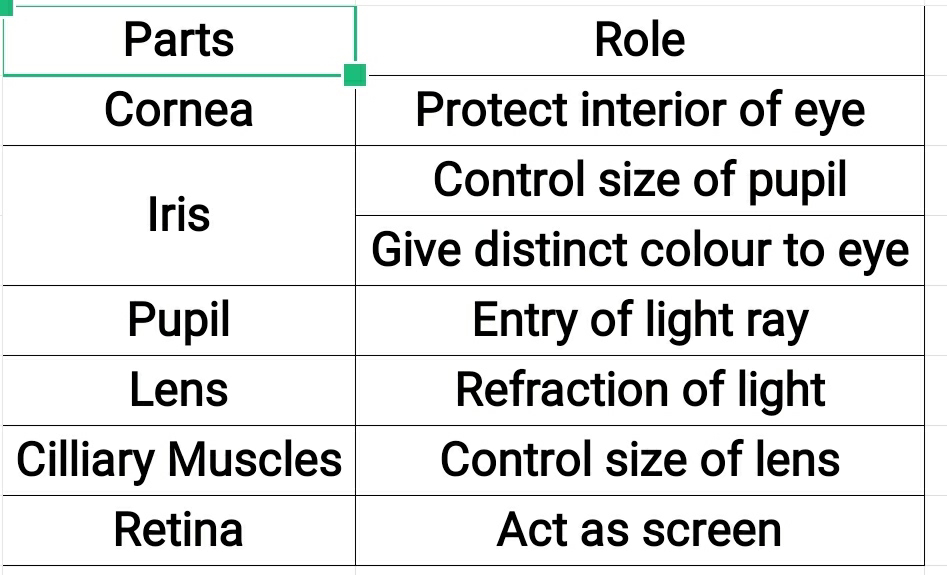Heat NCERT Science Class 7 Chapter 4 Summary Note
Heat
Energy that increases hotness of an object.
Temperature
A reliable measure of the hotness of an object, is its temperature.
Thermometer
A device used to measure temperature, is called thermometer.
Types of thermometer
(i) Clinical thermometer
(ii) Laboratory thermometer
(iii) Maximum-minimum thermometer
Clinical thermometer
-The thermometer used to measure temperature of body, is called clinical thermometer.
-It consists of- glass tube,
Bulb
Mercury thread
Kink
-Range- 35°C to 42°C.
-It has kink.
Laboratory thermometer
-The thermometer used to measure temperature of an object, is called laboratory thermometer.
-It consists of- glass tube,
Bulb
Mercury thread
-Range- -10°C to 110°C.
-It doesn't have kink.
Maximum-minimum thermometer
The thermometer used to measure temperature of weather, is called maximum-minimum thermometer.
Normal temperature of human body is 37°C.
Clinical thermometer has the range 35°C to 42°C. Reason-
-Temperature of human body doesn't goes below 35°C.
-Temperature of human body doesn't goes above 42°C.
-Temperature of human body lies within 35°C to 42°C.
Kink
A small bent on clinical thermometer.
It prevents auto fall of mercury level.
Conductor of heat.
The materials which allow heat to pass through them, are conductors of heat.
Examples- Iron,aluminum etc.
Insulator of heat
The materials which do not allow heat to pass through them, are insulators of heat.
Examples-Plastic, wood etc.
Conduction
The process of heat transfer from hotter end to colder end of an object, is called conduction.
It takes place in solid conductors.
Convection
The process of heat transfer in liquid and gas, is called convection.
Radiation
The process of heat transfer in any media or vacuum.
Sea breeze
Cold air flow from sea to land, is sea breeze.
It flows during day.
Hot wind flow from land to sea.
Reason- Convection
Land breeze
Cold wind flow from land to sea, is land breeze.
It flows during night.
Hot wind flow from sea to land.
Reason- Convection
The people living in coastal areas experience sea breeze and land breeze.
In summer we prefer light coloured and cotton clothes. Reason-
-Light coloured clothes absorb very less sunlight.
-Cotton is good absorber of water(sweat). Evaporation can takes place easily. It causes cooling effect.
In winter we prefer dark coloured and woollen clothes. Reason
-Dark coloured clothes absorb more sunlight.
-Wool is poor conductor of heat. It prevents flow of body heat.
One thick blanket vs two thin joined blankets
-Two thin joined blanket would cause more heat than one thick blanket.
-Reason-
*In joined blankets, there would be a layer of air.
*Air is poor conductor of heat.
*It would prevent flow of inner heat.




Nice sir
ReplyDeleteI found decent information in your article. I am impressed with how nicely you described this subject, It is a gainful article for us. Thanks for share it. Ihealth Pt3 Thermometer
ReplyDelete